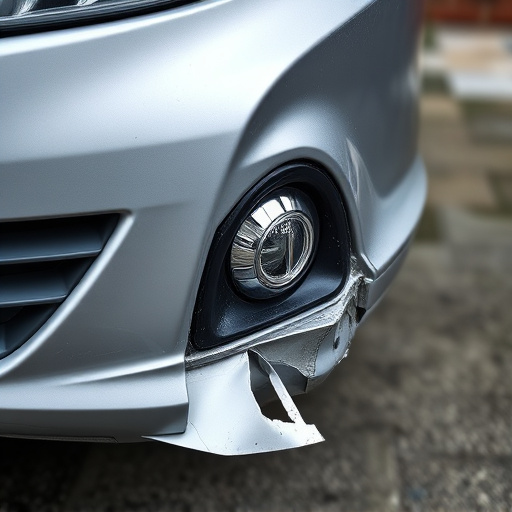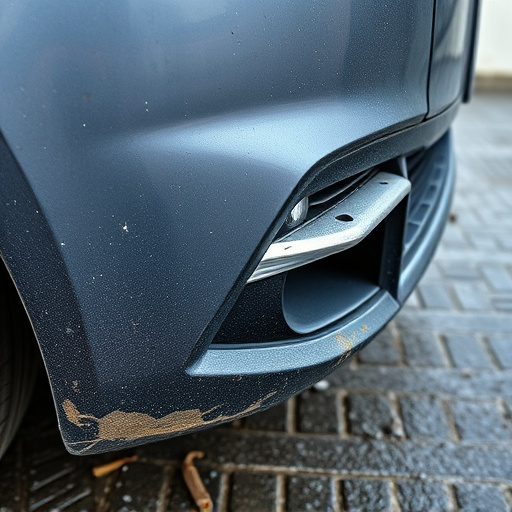Customer complaints in automotive services, linked to miscommunication, unexpected costs, and poor quality repairs, can harm shop reputation and increase expenses. A transparent repair process, focused on clear communication, detailed estimates, superior workmanship (like meticulous paint job repair), and real-time updates using visual aids and digital tracking systems, builds customer trust, enhances satisfaction, reduces complaints, and encourages future patronage.
In today’s competitive market, customer satisfaction is paramount. One effective strategy for enhancing it? Implementing a transparent repair process. This article delves into the significant role transparency plays in reducing customer complaints. We explore common issues that arise during repairs and their impact on customer trust. Additionally, we provide a step-by-step guide to establishing a transparent process, empowering businesses to foster stronger relationships with their clients. Discover how this simple yet powerful approach can revolutionize repair services.
- Understanding Customer Complaints: Common Issues and Their Impact
- The Role of Transparency in Enhancing Customer Trust and Satisfaction
- Implementing a Transparent Repair Process: Step-by-Step Guide to Success
Understanding Customer Complaints: Common Issues and Their Impact

Customer complaints are a common occurrence in any industry, but when it comes to automotive services, they can be particularly damaging. Understanding the root causes behind these complaints is essential to improving customer satisfaction and loyalty. Many issues arise from miscommunication, unexpected costs, and poor quality of repair work, especially regarding vehicle body repair and auto body work. Customers often feel frustrated when they receive a repaired vehicle with visible imperfections, such as uneven paint jobs or lingering dents, after investing their time and money.
The impact of these complaints is significant. They can lead to negative reviews, damaging the reputation of repair shops and impacting future business. Furthermore, repeated repairs due to subpar work increase costs for both the customer and the shop, creating a cycle of dissatisfaction. A transparent repair process, focusing on clear communication, detailed estimates, and high-quality workmanship, including meticulous vehicle paint repair, can significantly reduce these issues and foster trust between customers and service providers.
The Role of Transparency in Enhancing Customer Trust and Satisfaction

Transparency in the repair process plays a pivotal role in building trust and boosting customer satisfaction at car body shops and auto repair facilities. When customers are kept informed about the steps their vehicle is undergoing, they feel valued and involved. This simple yet powerful approach significantly reduces anxiety and uncertainty, common issues that often lead to complaints. By providing clear updates, explaining repairs, and sharing expected timelines, car bodywork services can foster a sense of confidence in their abilities.
A transparent repair process means customers are actively engaged in understanding the work being done on their vehicles. This engagement fosters a deeper connection between the client and the auto repair shop, leading to higher levels of satisfaction. When people see that their concerns are addressed openly and honestly, they are more likely to trust the expertise of the car body shop and be loyal patrons in the future.
Implementing a Transparent Repair Process: Step-by-Step Guide to Success

Implementing a transparent repair process is a game-changer for any automotive service center, aiming to reduce customer complaints and foster trust. Here’s a step-by-step guide to success:
1. Educate Customers from the Start: Begin by explaining the issue with their vehicle in simple terms, outlining the repair process, and estimating costs transparently. This sets expectations and builds rapport. For instance, if dealing with auto frame repair, communicate the extent of damage, the steps involved in straightening or replacing parts, and the approximate timeline.
2. Visual Aids and Digital Updates: Utilize visual tools like diagrams or photos to illustrate the problem areas and proposed solutions during each phase of auto maintenance. Additionally, implement a digital system for tracking repairs, allowing customers to log in and view real-time updates on their vehicle’s status. This promotes visibility and peace of mind throughout the process.
3. Maintain Open Communication: Regularly communicate with customers, providing progress reports and addressing any concerns promptly. Ensure they understand each step, from diagnostics to final inspection, especially regarding vehicle restoration techniques employed. Clear communication can prevent misunderstandings that often lead to complaints.
A transparent repair process is not just a best practice, but a game changer in fostering customer trust and satisfaction. By adopting clear communication, accessible information sharing, and consistent updates throughout the repair journey, businesses can significantly reduce customer complaints. This approach not only enhances brand reputation but also encourages repeat business and loyal customer relationships. Embracing transparency as a core principle in your repair process is a vital step towards a more efficient, satisfying, and resilient business model.














